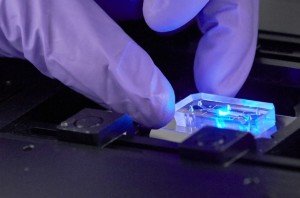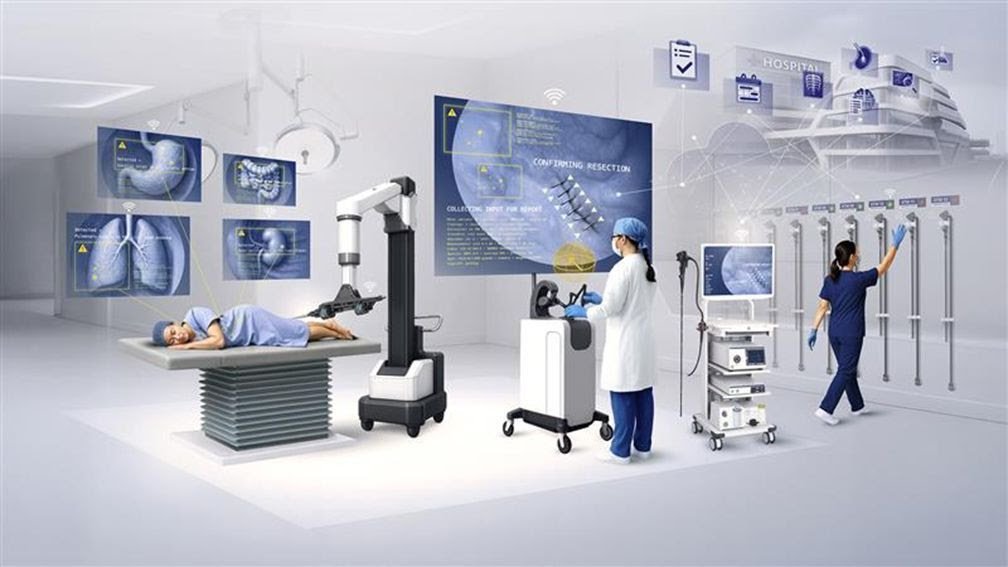Hesperos, Inc. has achieved a landmark innovation in biomedical engineering by successfully demonstrating the first true digital twin of human disease using its Human-on-a-Chip® platform. Published in Advanced Science, the study showcases how a multi-organ microphysiological system (MPS) incorporating human liver, spleen, endothelial tissues, and blood was able to model the full lifecycle of Plasmodium falciparum, the parasite responsible for malaria. This integrated, human-relevant platform not only reproduced complex biological processes but also combined experimental data with pharmacokinetic/pharmacodynamic (PK/PD) modeling to predict therapeutic outcomes—ushering in a new era of precision, non-animal disease modeling.
The system's ability to simulate human drug responses across both drug-sensitive and drug-resistant malaria strains, using standard therapies like chloroquine and artesunate, highlights its translational potential. By applying population-based modeling and in vitro-to-in vivo extrapolation (IVIVE), researchers accurately predicted parameters such as maximum tolerated dose (MTD), EC50, and immune response signatures. This makes the platform highly valuable for evaluating both efficacy and off-target toxicity, while enabling personalized insights for disease treatment. The introduction of Digital Medical Twins grounded in actual biological response opens the door for more predictive, cost-effective, and ethically sound preclinical testing—an urgent need in global drug development pipelines.
As regulatory bodies such as the FDA and EMA continue to prioritize New Approach Methodologies (NAMs) to reduce reliance on animal testing, Hesperos’ breakthrough positions it at the forefront of a global shift toward human-relevant platforms. The implications go far beyond malaria; this approach can be extended to a variety of diseases for which complex, multiorgan interactions and immune responses play a role. By integrating real-time biology with digital simulation, Hesperos offers a scalable, modular pathway to develop patient-specific digital twins—laying the foundation for safer, more effective, and personalized therapeutics in the future of precision medicine.

























